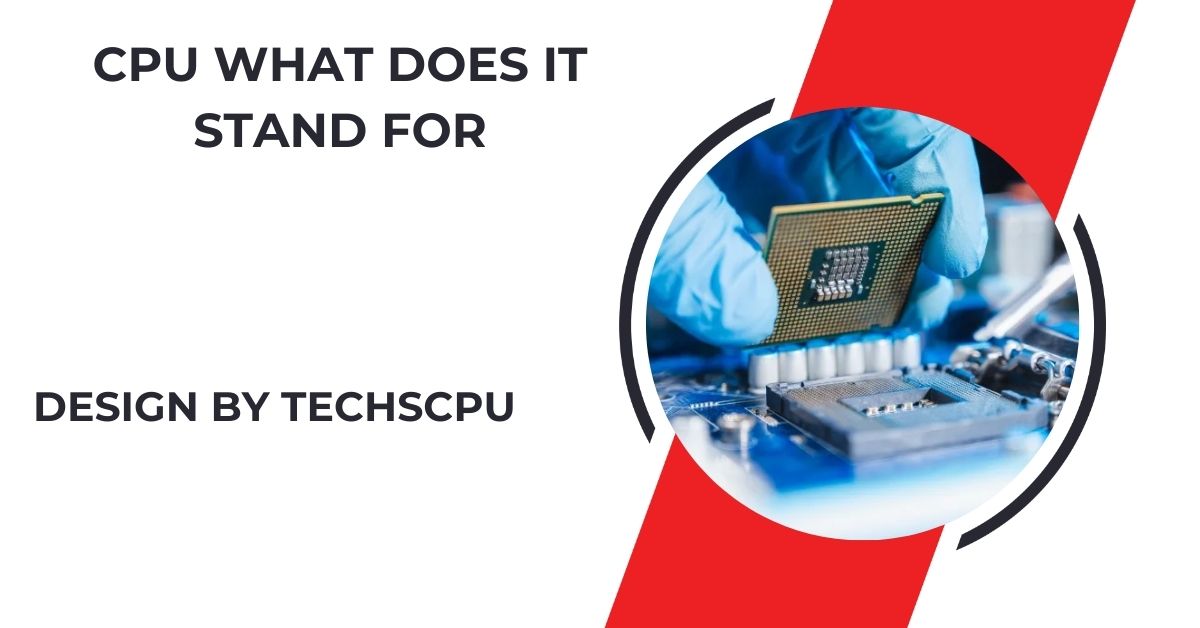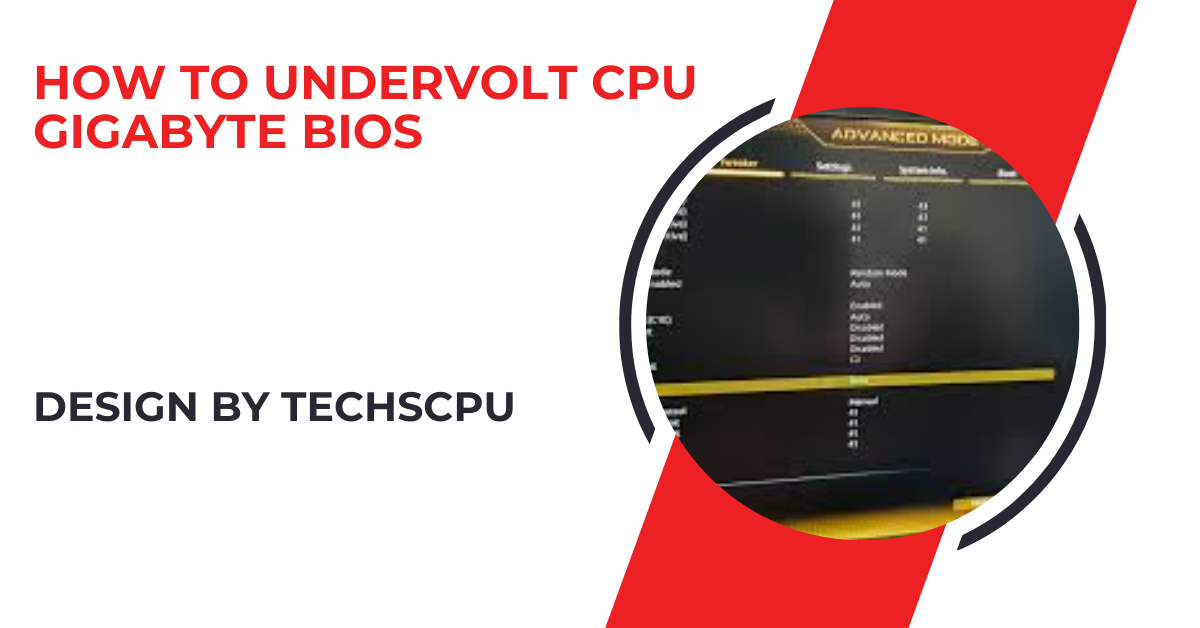Cpu What Does It Stand For – The Brain Of Your Computer Explained!
CPU stands for Central Processing Unit, often referred to as the brain of a computer. It processes data and executes instructions, making it crucial for overall system functionality.
In this article, we will explore what a CPU is, its functions, its components, types, importance, and how to choose the right one for your needs. Whether you are a student, a budding tech enthusiast, or someone curious about technology, this guide will explain everything in simple and easy words.
What Does CPU Stand For?
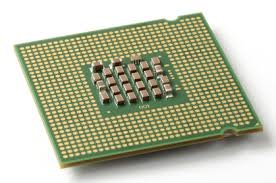
CPU stands for Central Processing Unit. Often called the brain of the computer, it processes data and executes instructions from programs. Just as our brain makes decisions, the CPU handles computations and controls the flow of information within the computer. Its efficiency and performance are crucial for the overall functionality of any computer system.
Historical Context:
The concept of the CPU dates back to the early days of computing. In the 1940s, the first electronic computers used vacuum tubes to process data. With advancements in technology, the CPU evolved from these early systems into the compact and powerful microprocessors we use today. The invention of the microprocessor in the 1970s marked a significant milestone, allowing computers to become smaller and more accessible.
How Does a CPU Work?
The CPU operates by executing instructions from computer programs. It performs essential tasks, including basic arithmetic, logic, control, and input/output operations. Here’s a breakdown of how the CPU functions systematically:
Also read: How Do I Overclock My Cpu – A Complete Guide!
Fetch:
The CPU begins by fetching instructions from RAM (Random Access Memory), which temporarily holds data. Fetching ensures the CPU can quickly access necessary information without delay, optimizing performance and maintaining the flow of operations, as it prepares the CPU to execute instructions efficiently.
Decode:
After fetching, the CPU decodes the instructions to understand the required actions. This decoding translates instructions into a binary format, which is the only language the CPU comprehends. By breaking down complex instructions, the CPU prepares to execute them accurately, ensuring the right operations are carried out during processing.
Execute:
During the execution phase, the CPU carries out the decoded instructions. This may involve performing calculations, making logical decisions, or transferring data. Here, the actual processing occurs, whether it’s adding numbers, rendering graphics, or accessing files, showcasing the CPU’s essential role in executing various computing tasks.
Store:
Finally, after executing the instructions, the CPU stores the results back into memory or sends them to output devices, such as a monitor or printer. This storage step ensures that computation outputs are saved for future use or displayed to the user, completing the cycle of instruction processing within the CPU.
Types of CPUs:
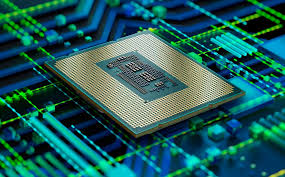
CPUs can be categorized based on various characteristics, including functionality and design:
Microprocessor:
A microprocessor integrates all CPU functions into a single chip, commonly used in personal computers, laptops, and mobile devices. Microprocessors serve as the backbone of modern computing due to their compact size and efficiency, enabling powerful processing capabilities while occupying minimal space, making them ideal for consumer electronics and portable gadgets.
Multi-core Processor:
Multi-core processors contain multiple CPU cores within a single chip. Each core can handle different tasks simultaneously, enhancing overall performance and efficiency. For example, a quad-core processor can manage four tasks at once, making it especially useful for multitasking and demanding applications like gaming or video editing, where multiple processes need to run concurrently.
Also read: How To Apply Thermal Paste To Cpu – A Complete Guide!
Embedded CPU:
Embedded CPUs are specifically designed to perform dedicated tasks within larger systems, found in various devices such as microwaves, washing machines, and automobiles. These CPUs are typically optimized for low power consumption and high efficiency, ensuring reliable functionality in applications where performance requirements differ from traditional computing devices, enhancing overall system operation.
Key Components of a CPU:
The CPU consists of several crucial components, each contributing significantly to its operation:
Arithmetic Logic Unit (ALU):
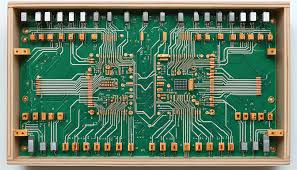
The Arithmetic Logic Unit (ALU) is responsible for executing mathematical calculations and logical operations. It handles essential tasks such as addition, subtraction, multiplication, and comparisons. For example, when adding two numbers, the ALU performs the operation, playing a key role in all computational processes and ensuring accurate results throughout the system.
Control Unit (CU):
The Control Unit (CU) directs the operations of the CPU by managing the flow of data and instructing the ALU on what tasks to perform. It ensures that the correct sequence of operations is followed, functioning similarly to a conductor leading an orchestra, maintaining order and efficiency within the CPU for optimal performance.
Registers:
Registers are small, high-speed storage locations within the CPU that temporarily hold data and instructions during processing. For example, when performing a calculation, the CPU stores the values in registers for quick access. This fast, short-term storage allows the CPU to retrieve data swiftly, significantly enhancing processing speed and overall efficiency during computations.
Also read: How To Undervolt Cpu Gigabyte Bios – A Comprehensive Guide!
Cache Memory:
Cache memory is a small amount of extremely fast memory located within the CPU. It stores frequently accessed data and instructions, allowing the CPU to retrieve them quickly and efficiently. This memory is much faster than RAM, reducing access time and improving performance, typically structured in multiple levels (L1, L2, L3) for optimized speed.
The Importance of the CPU:
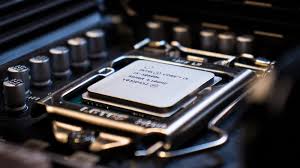
The CPU is a fundamental component of any computer system, playing a crucial role in various aspects:
Processing Power:
The CPU’s processing power determines how quickly and efficiently a computer can perform tasks. A powerful CPU can handle complex calculations and run multiple applications simultaneously without lag. This capability is essential for demanding software applications, such as video editing and high-end games, providing users with a seamless and enjoyable computing experience.
Multitasking:
Modern CPUs equipped with multiple cores excel at multitasking by managing several tasks at once. This capability is essential for efficiently running multiple applications, such as browsing the internet while streaming music. The ability to switch between tasks smoothly enhances overall productivity, allowing users to work effectively without delays or interruptions in performance.
Compatibility:
Different software applications depend on the CPU to function properly. The architecture of the CPU must be compatible with the software to ensure optimal performance. Certain applications may require specific CPU features, such as virtualization support, to run effectively. Compatibility ensures users can utilize a wide range of software without compatibility issues, enhancing usability.
Also read: How To Check Your Cpu Temp – A Detailed Overview!
Gaming and Graphics:
For gamers and graphic designers, the CPU plays a significant role in rendering graphics and managing game physics. A powerful CPU can significantly improve gaming performance, resulting in higher frame rates and smoother gameplay. This performance is essential for an enjoyable gaming experience, allowing users to experience high-quality graphics and responsive gameplay without lag.
How to Choose a CPU:
Selecting the right CPU involves several important considerations:
Purpose:
Identify your primary computer usage to determine the best CPU for your needs. For tasks like gaming or video editing, opt for a high-performance CPU. However, for basic tasks such as web browsing or document editing, a more affordable option will suffice. Understanding your specific needs helps ensure you choose an appropriate CPU for your purposes.
Number of Cores:
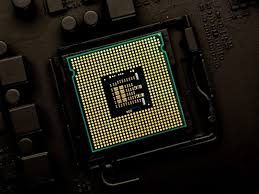
Consider how many cores your CPU needs based on your tasks. A multi-core processor can handle more simultaneous operations, making it suitable for multitasking and demanding applications. For light browsing, a dual-core processor might suffice, while a quad-core or higher is recommended for gaming, content creation, and resource-intensive tasks, enhancing performance.
Clock Speed:
Clock speed, measured in gigahertz (GHz), indicates how quickly the CPU can process instructions. Generally, higher clock speeds lead to better performance. However, it’s essential to balance clock speed with the number of cores, as a lower clock speed with more cores can outperform a higher clock speed with fewer cores in multitasking scenarios.
Budget:
Before purchasing a CPU, determine your budget to find the best fit for your needs. High-end CPUs can be expensive, but many budget-friendly options still offer good performance for everyday tasks. Researching and comparing different models within your budget can help you find a suitable CPU without overspending, ensuring optimal performance for your requirements.
Also read: Why Is My Cpu Fan So Loud – Causes and Quick Fixes!
Future-Proofing:
Consider whether you want a CPU that will remain effective for several years. Investing in a slightly more powerful CPU can save you from needing to upgrade soon. As software becomes more demanding, having a capable CPU ensures your computer can handle future applications and tasks, enhancing its longevity and usability over time.
FAQ’s
1. What are the main functions of a CPU?
The CPU performs tasks such as fetching, decoding, executing instructions, and storing results. It carries out arithmetic, logic, control, and input/output operations essential for computing.
2. What types of CPUs are there?
CPUs come in various types, including microprocessors, multi-core processors, and embedded CPUs. Each type serves different functions based on performance and application needs.
3. How does a CPU improve computer performance?
A powerful CPU enhances a computer’s performance by enabling faster processing, multitasking capabilities, and efficient execution of complex applications, leading to a smoother user experience.
4. What should I consider when choosing a CPU?
When selecting a CPU, consider your usage purpose, the number of cores, clock speed, budget, and future-proofing needs to find the right match for your computing tasks.
5. Why is CPU compatibility important?
Compatibility ensures that the CPU can efficiently run software applications. Certain applications may require specific CPU features, making it essential for users to choose a compatible CPU for optimal performance.
Conclusion
In conclusion, the CPU, or Central Processing Unit, is a vital component that acts as the brain of a computer, executing instructions and processing data. Understanding its functions, types, and importance is crucial for anyone looking to optimize their computing experience. Whether you’re gaming, multitasking, or performing everyday tasks, choosing the right CPU can significantly enhance your system’s performance and longevity.
